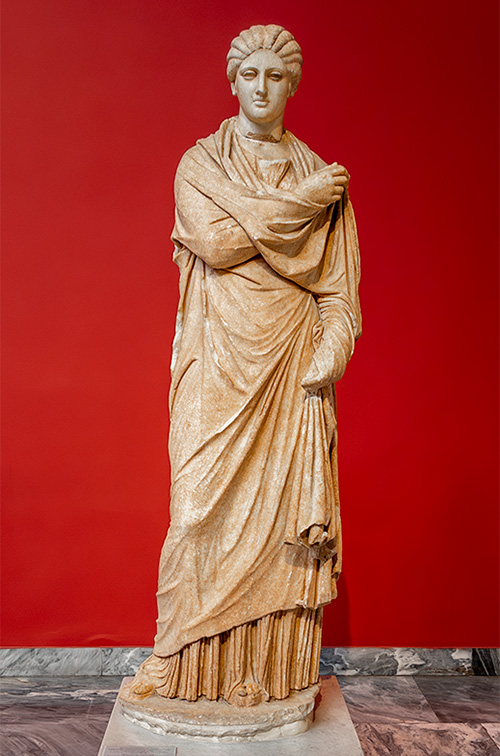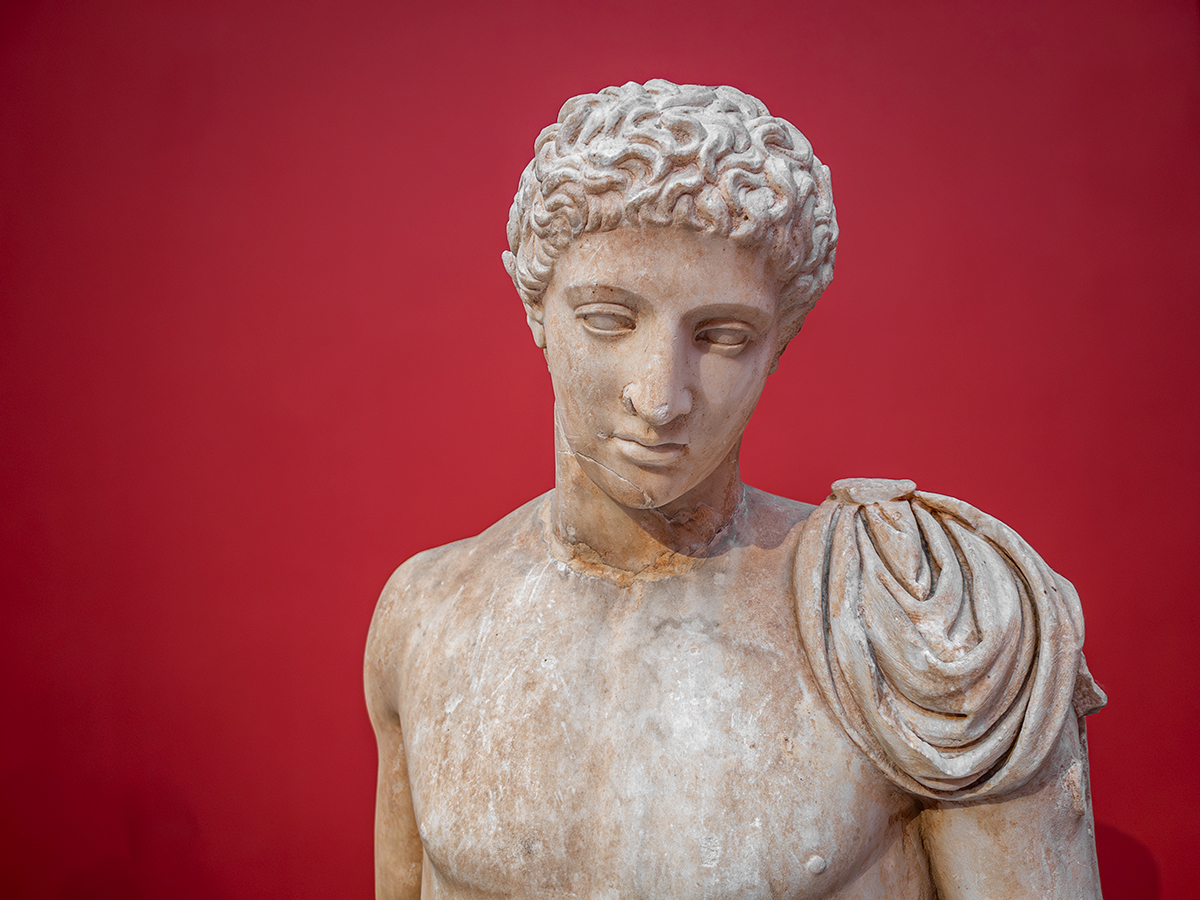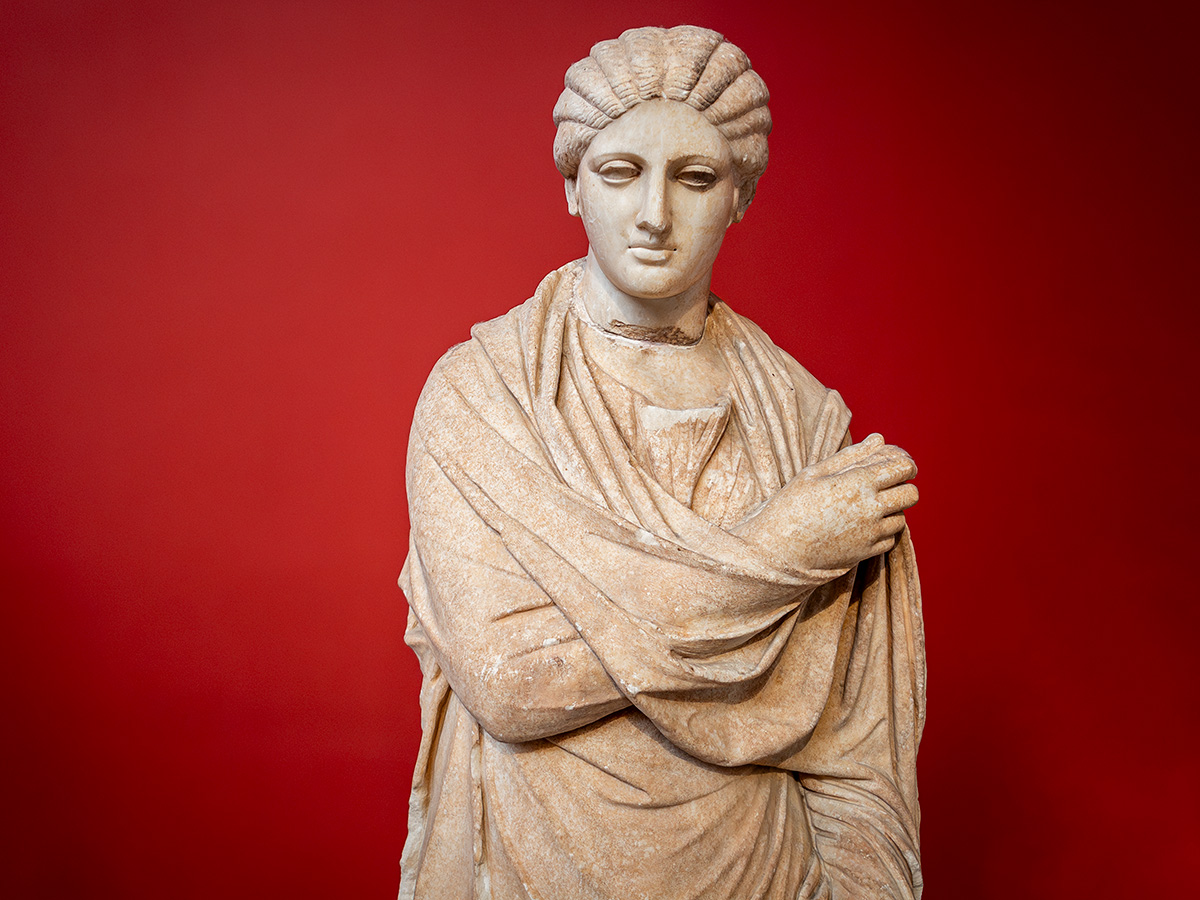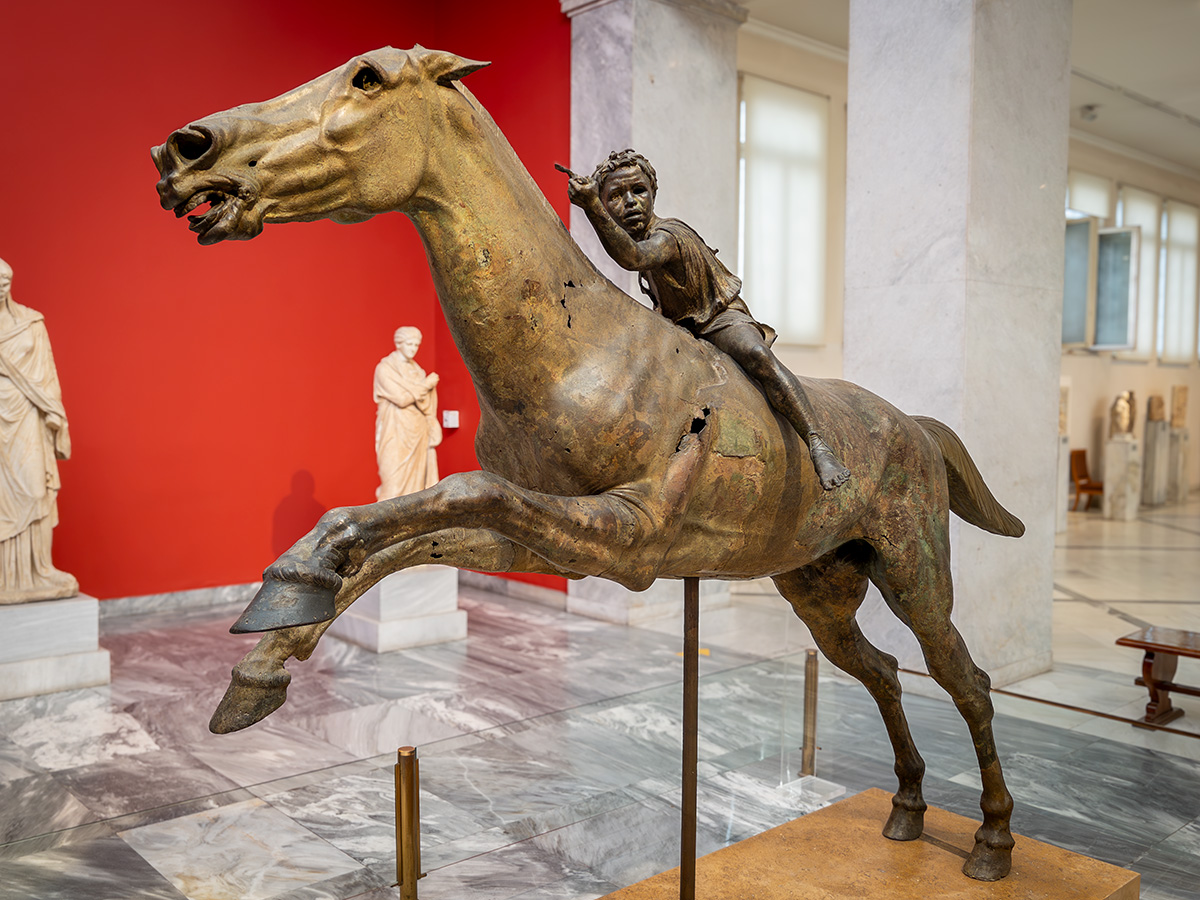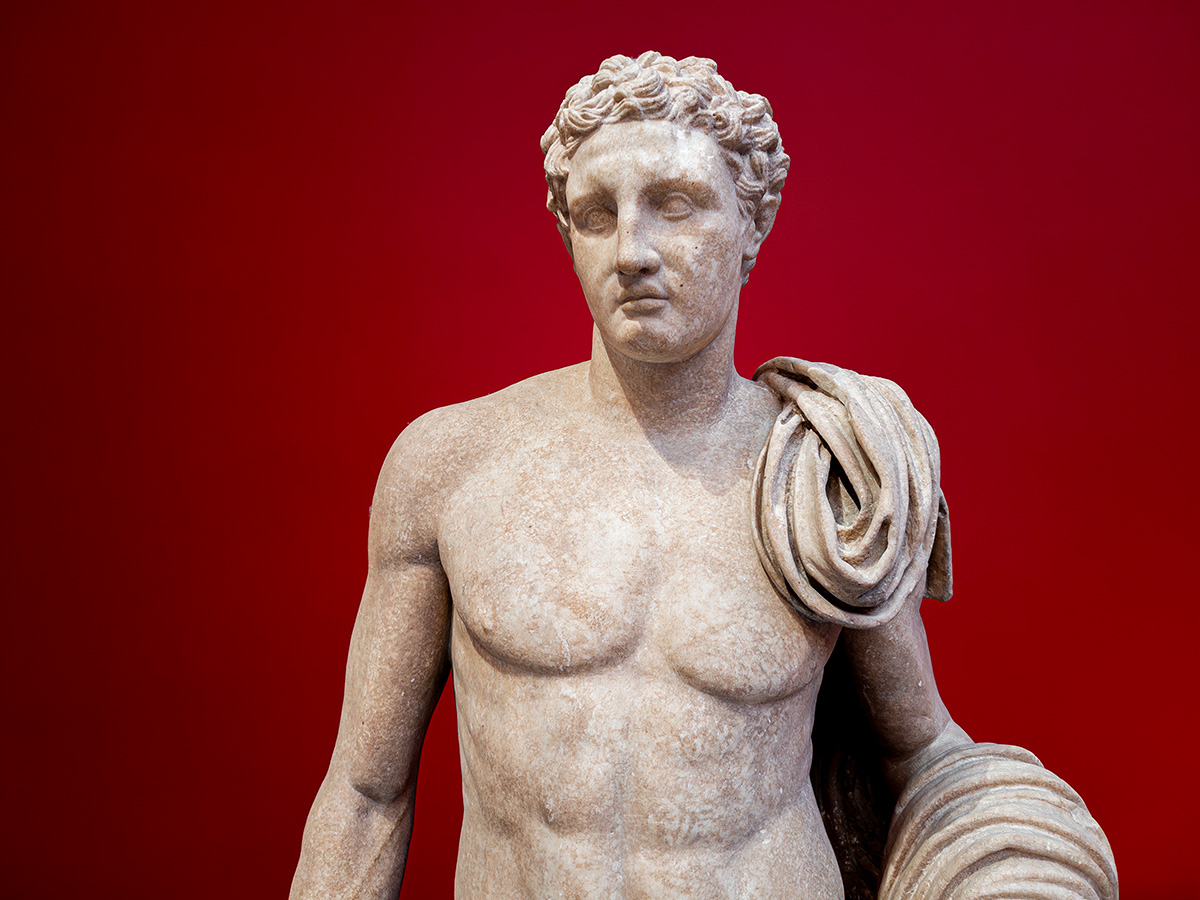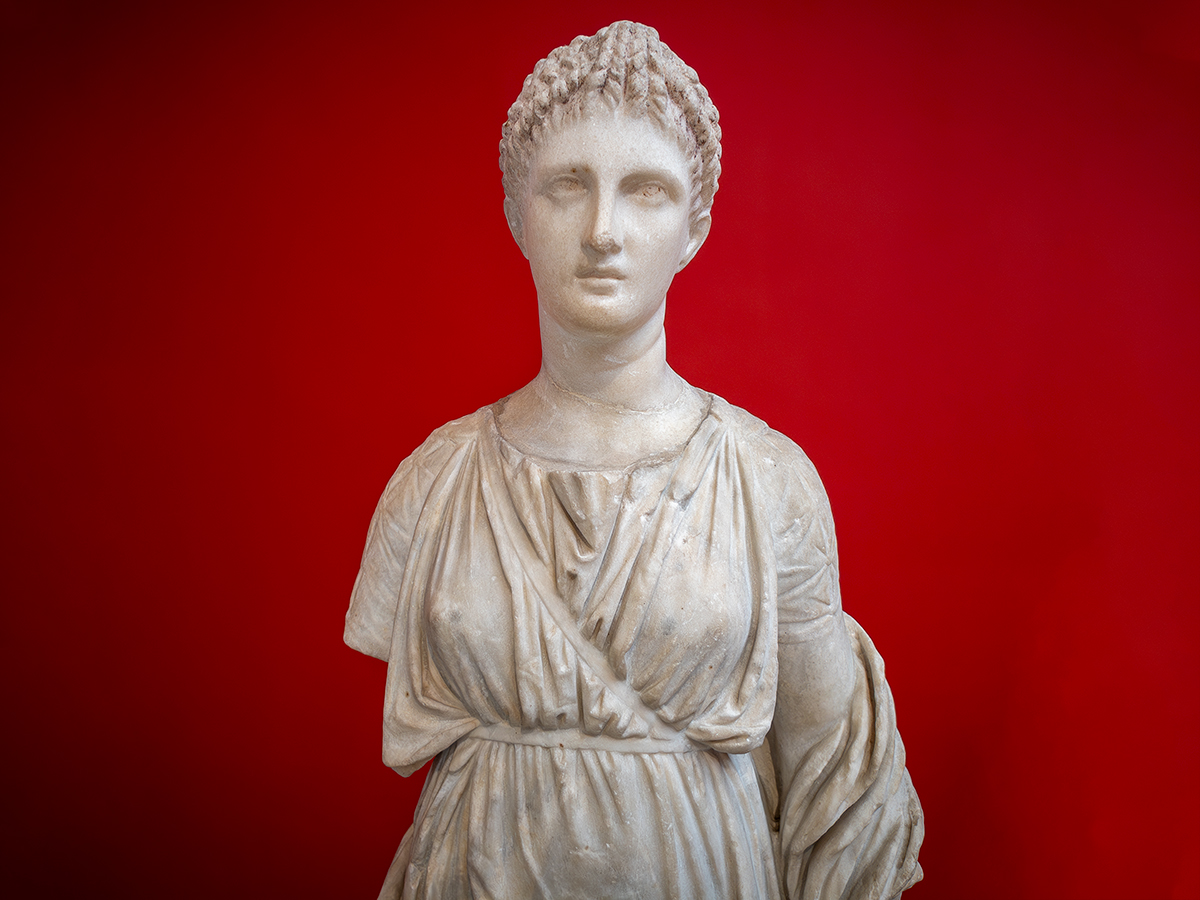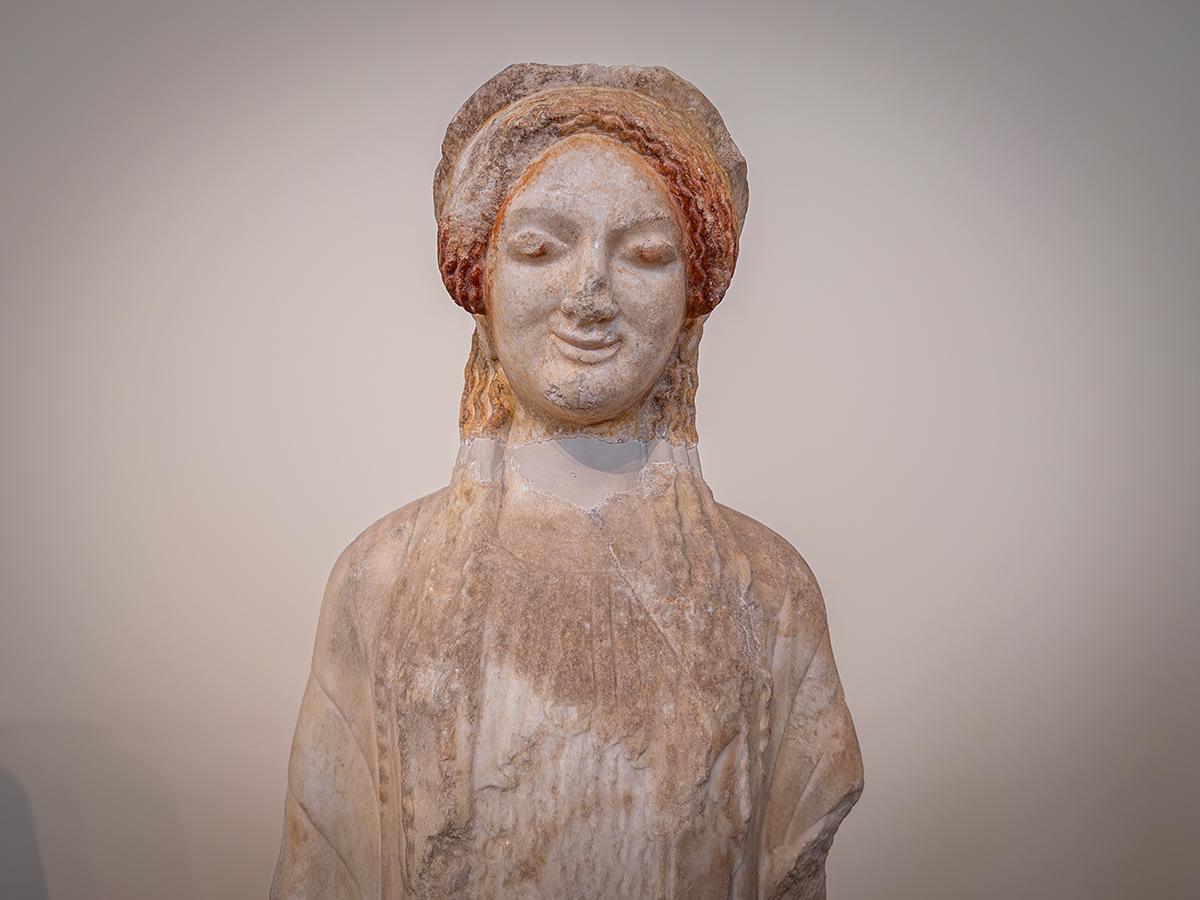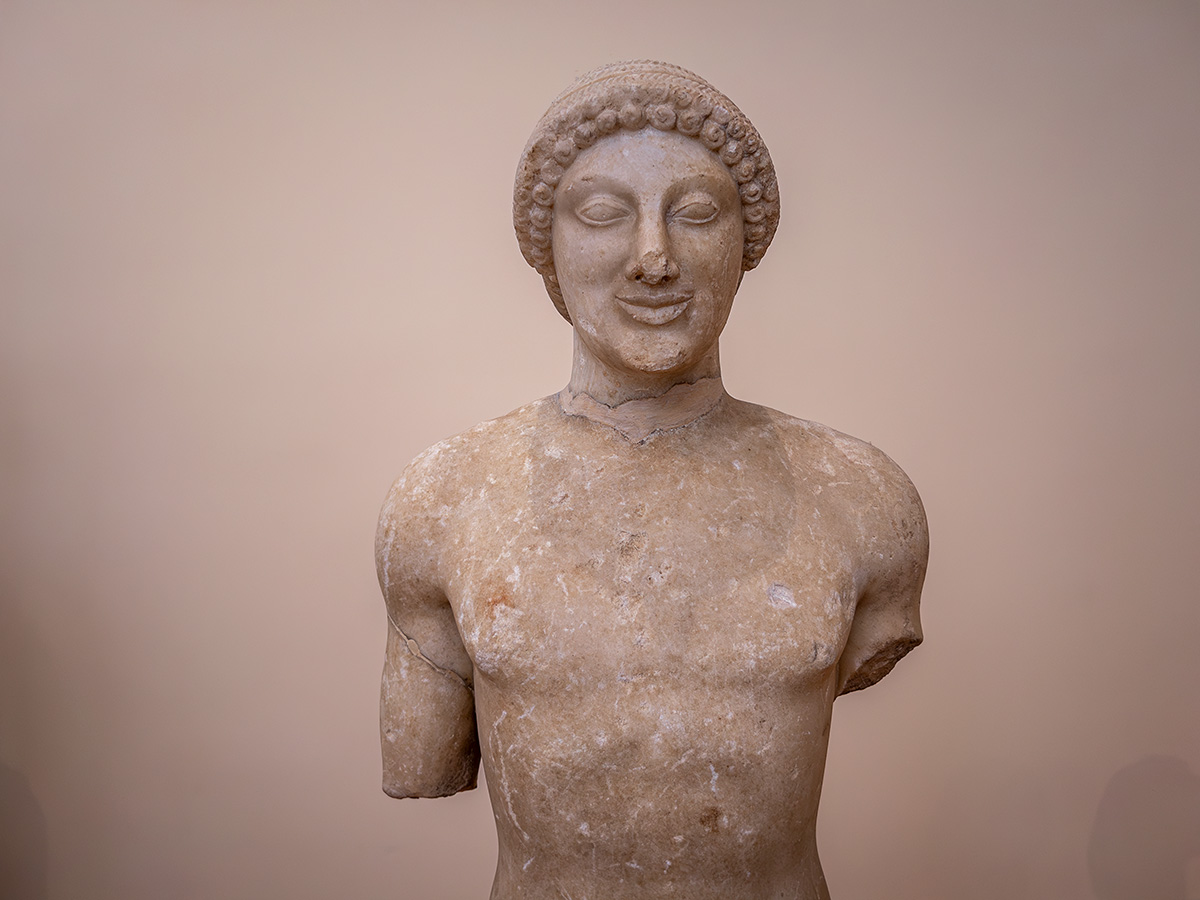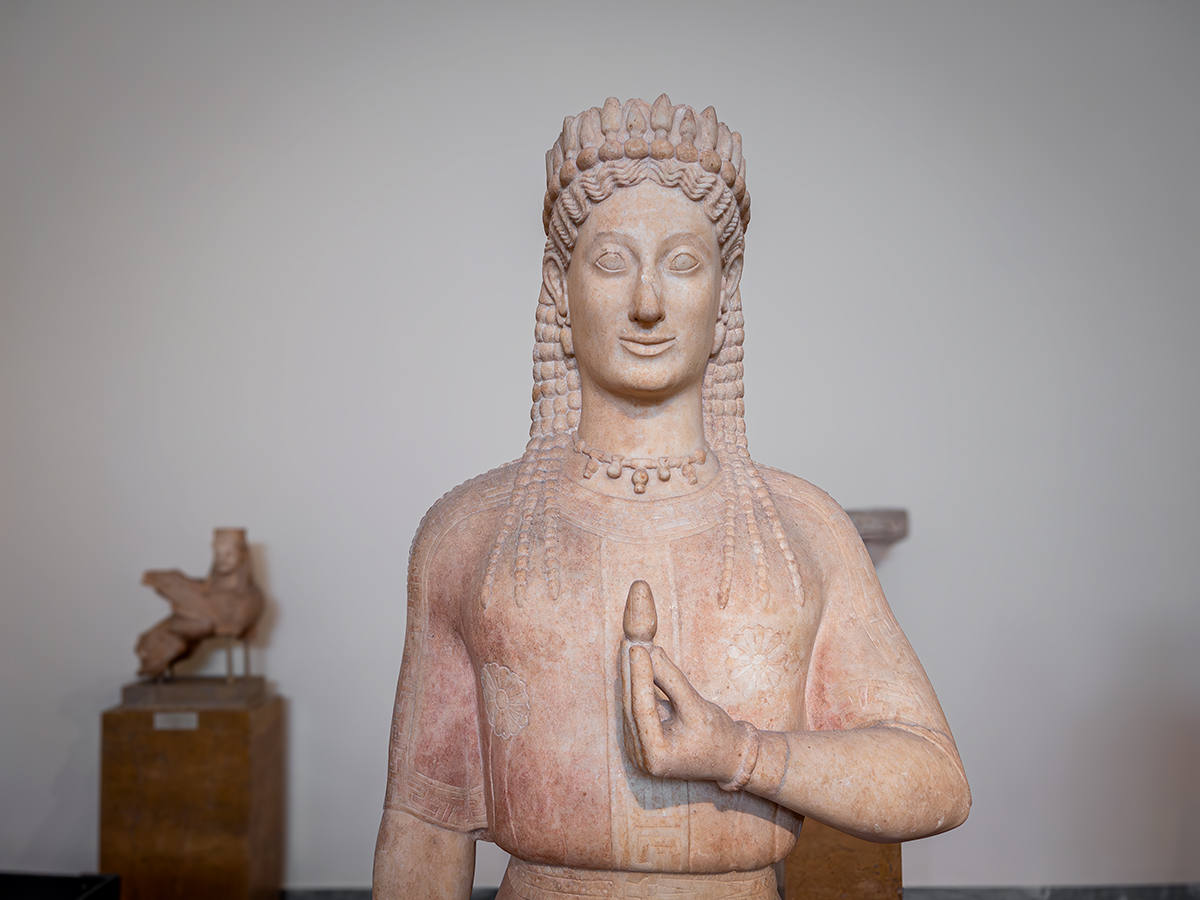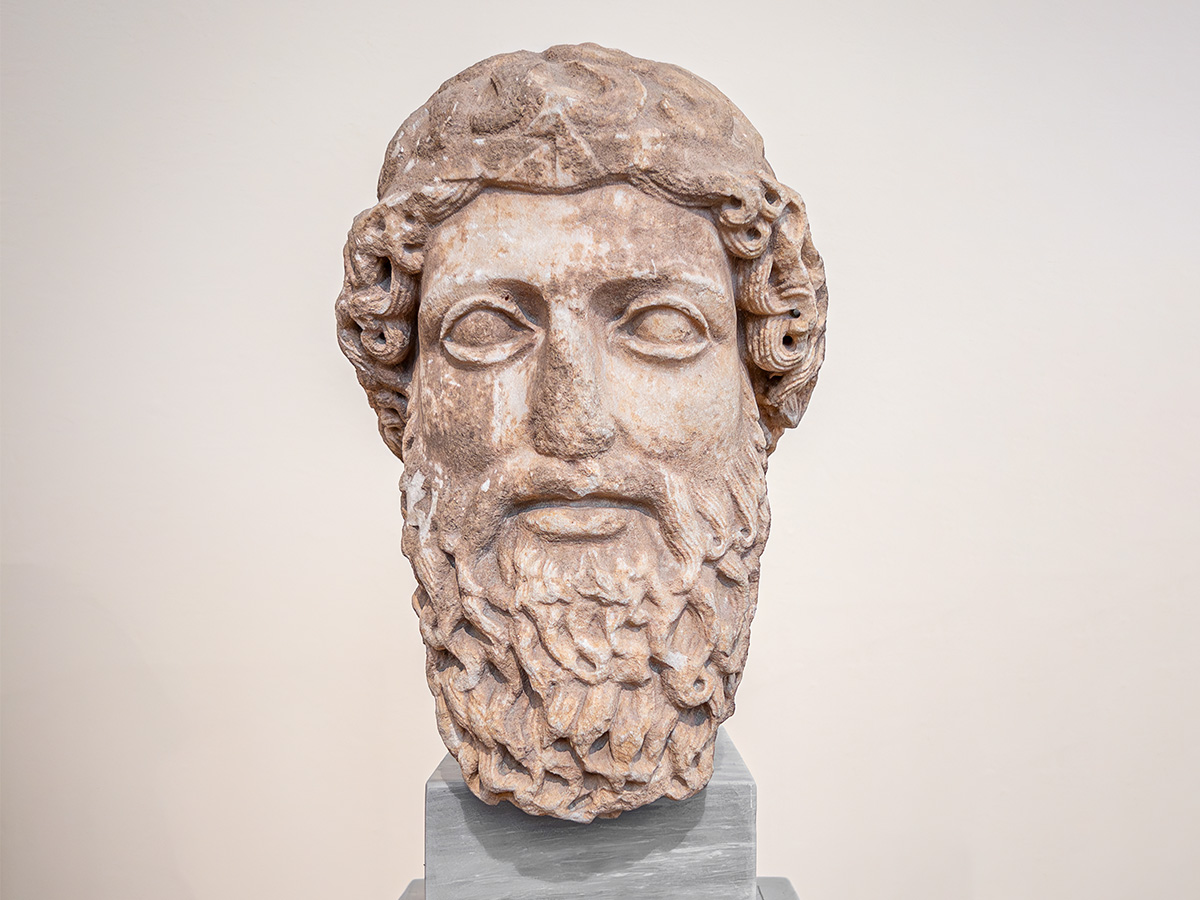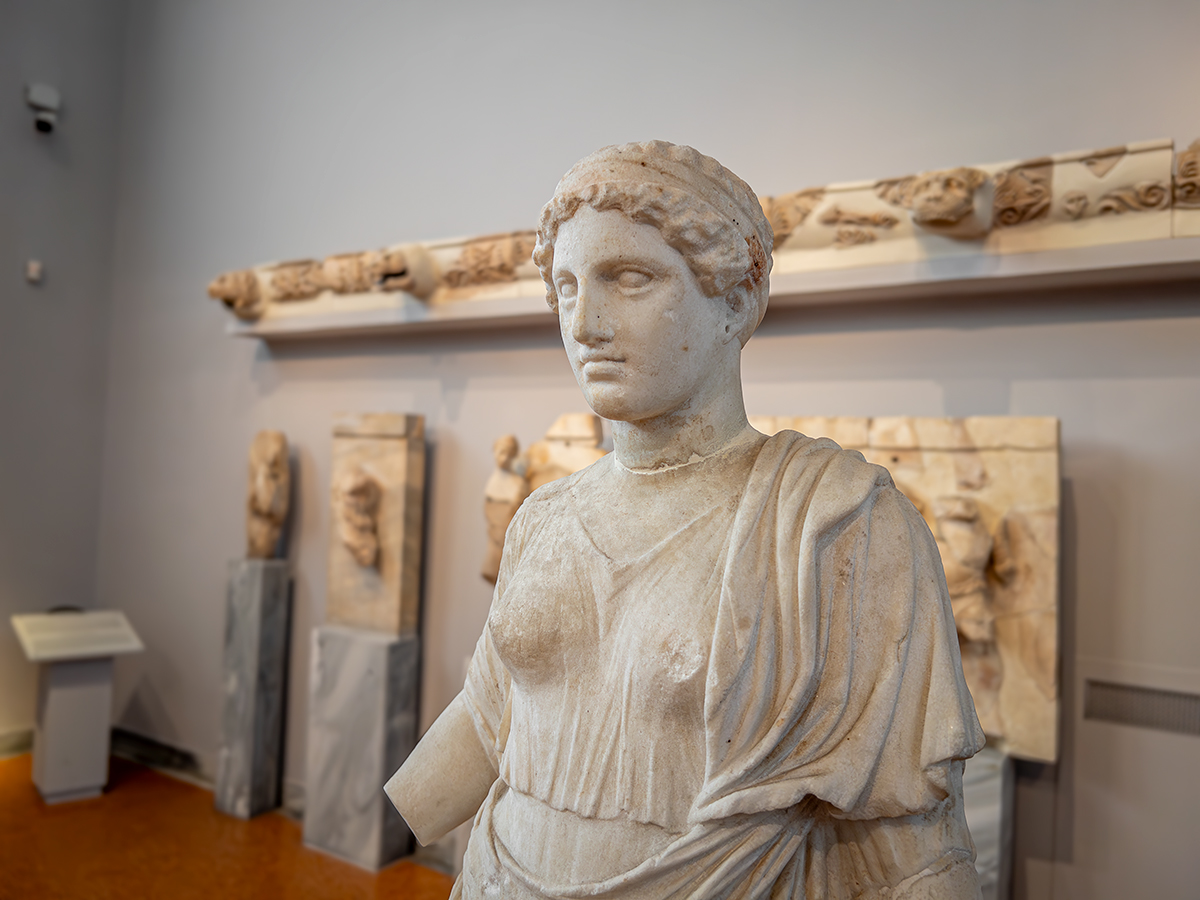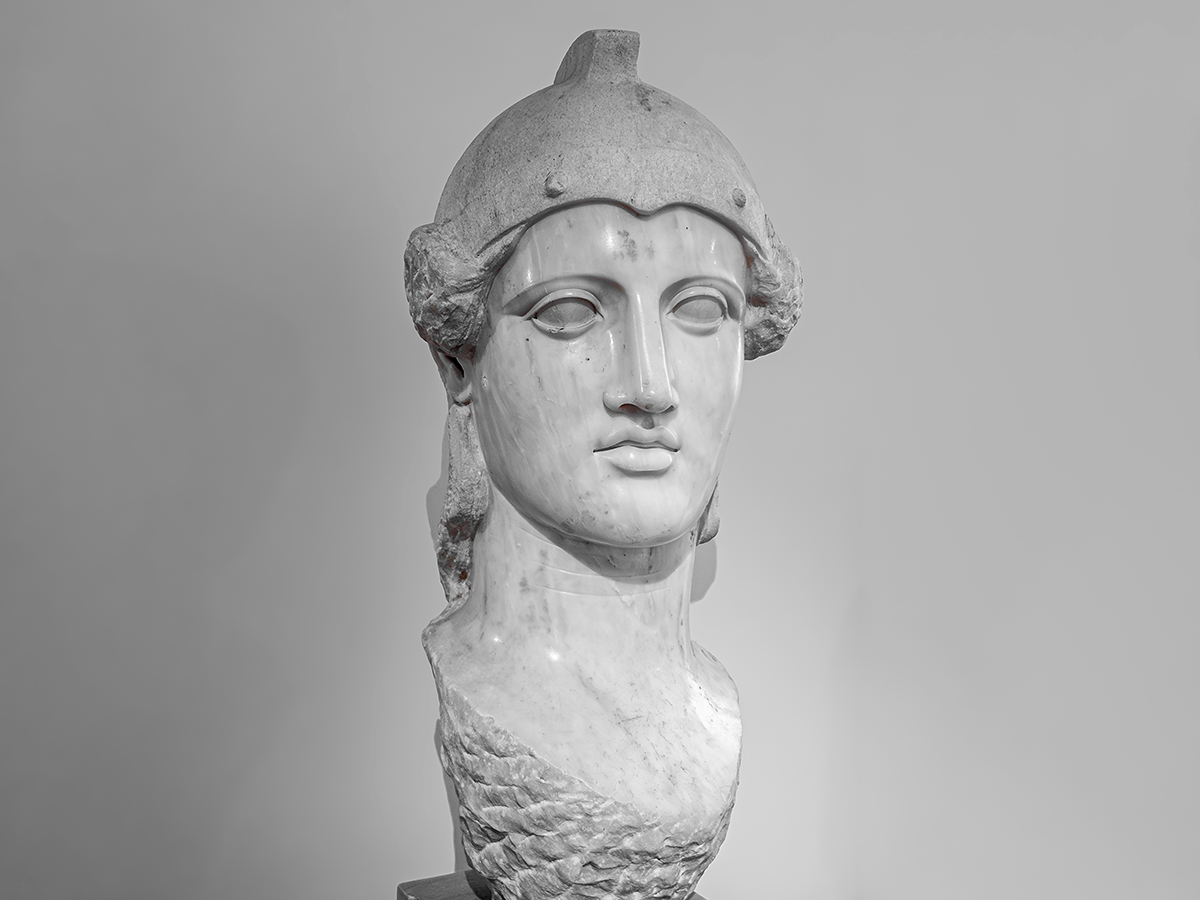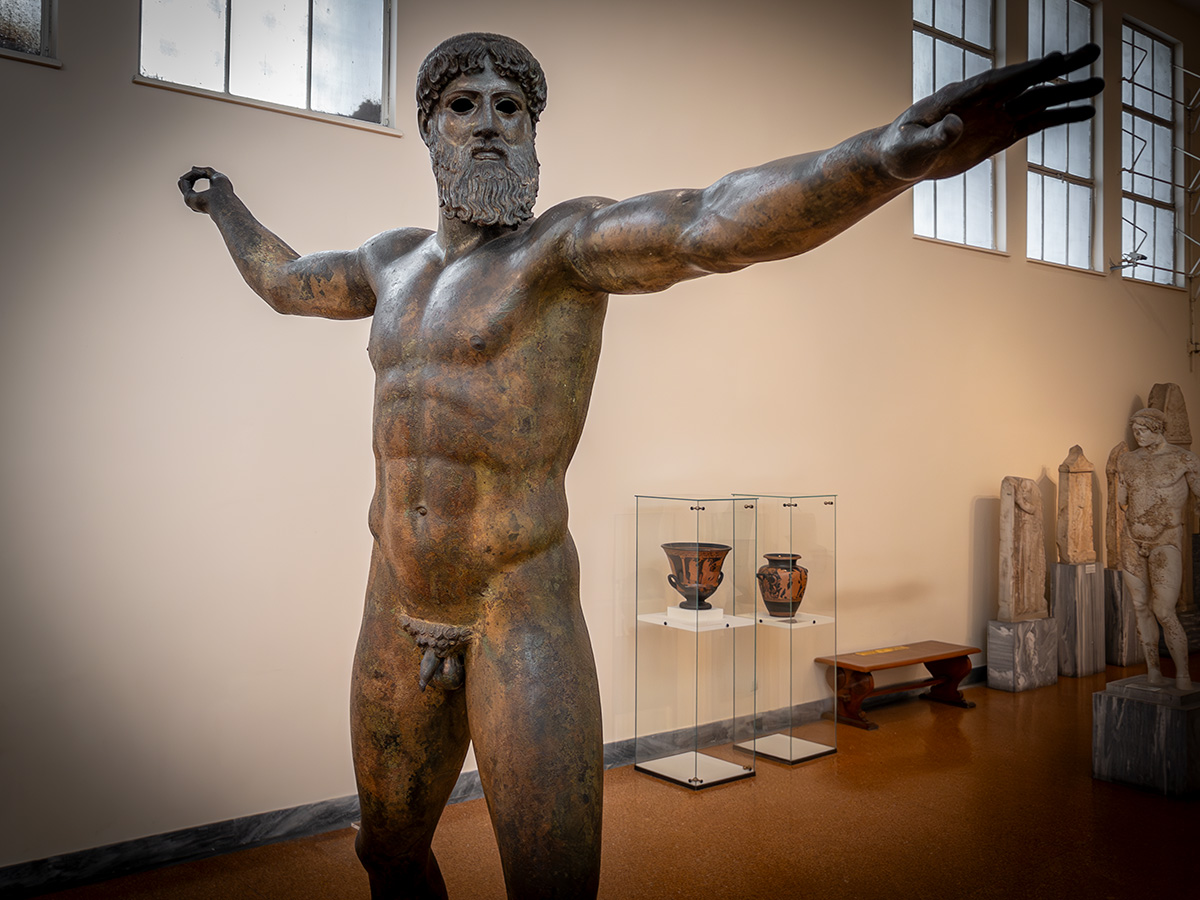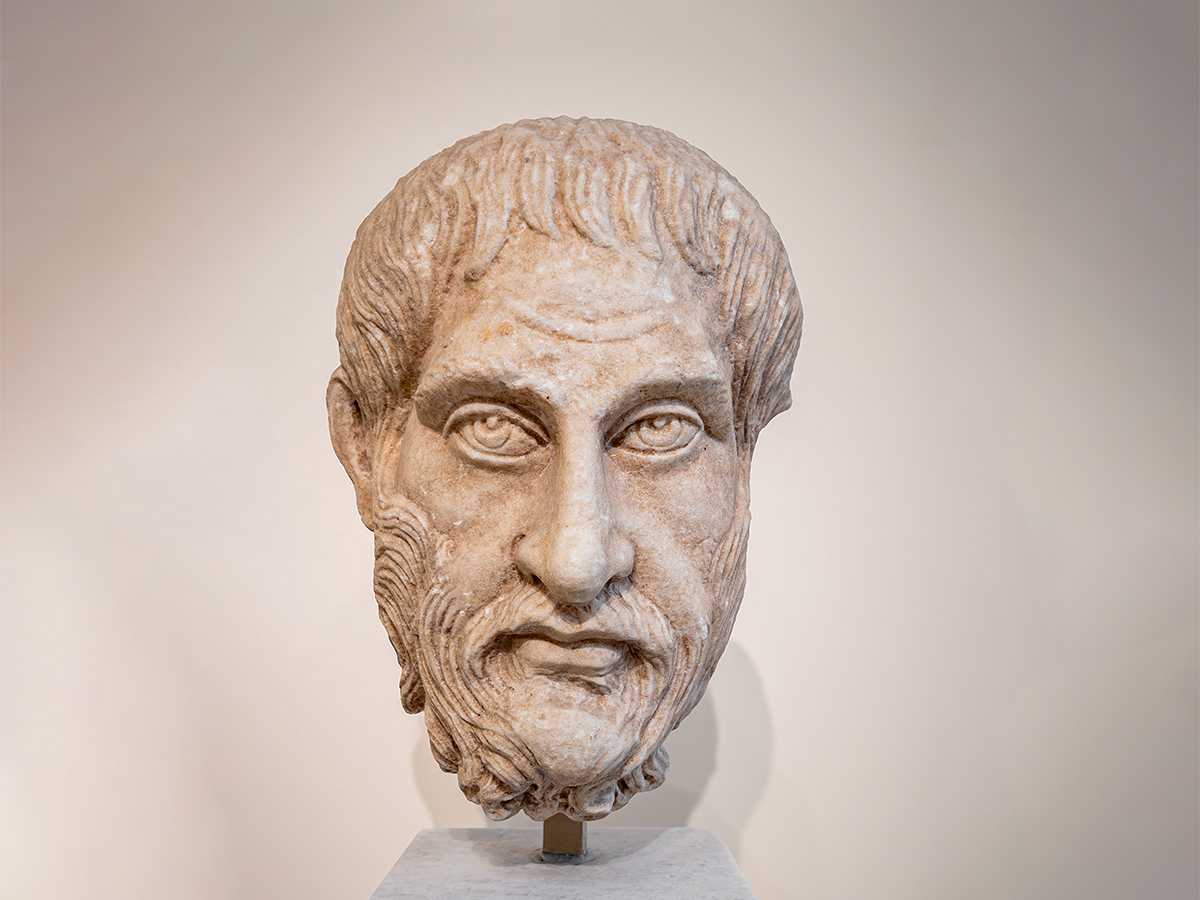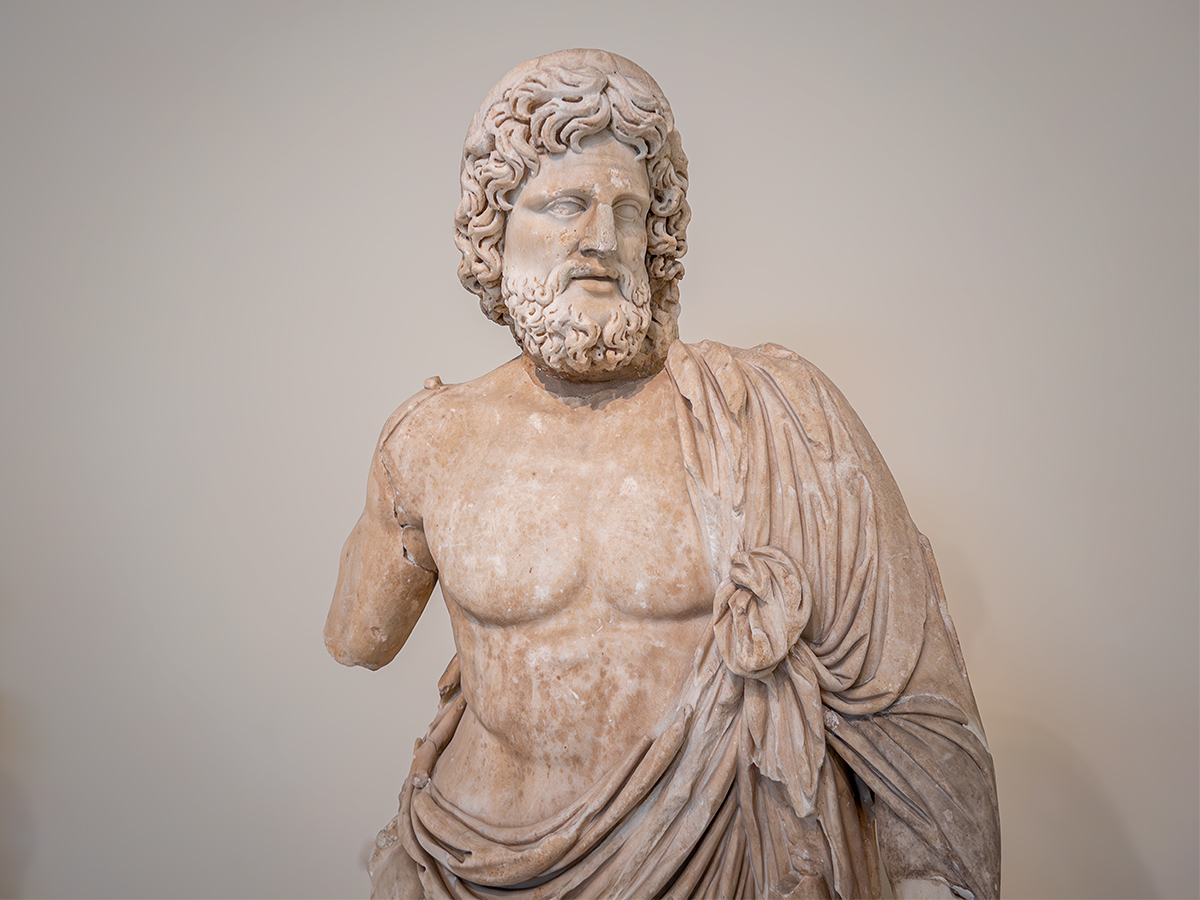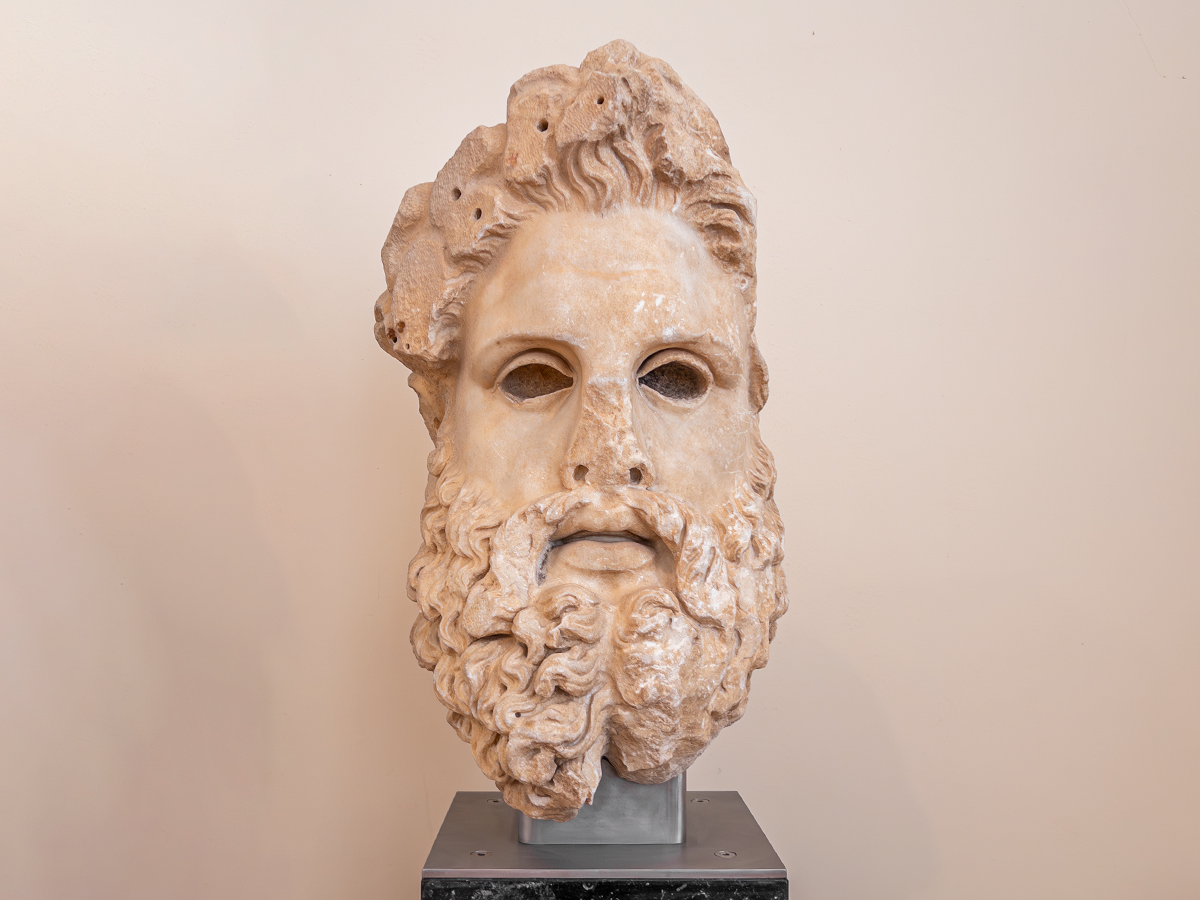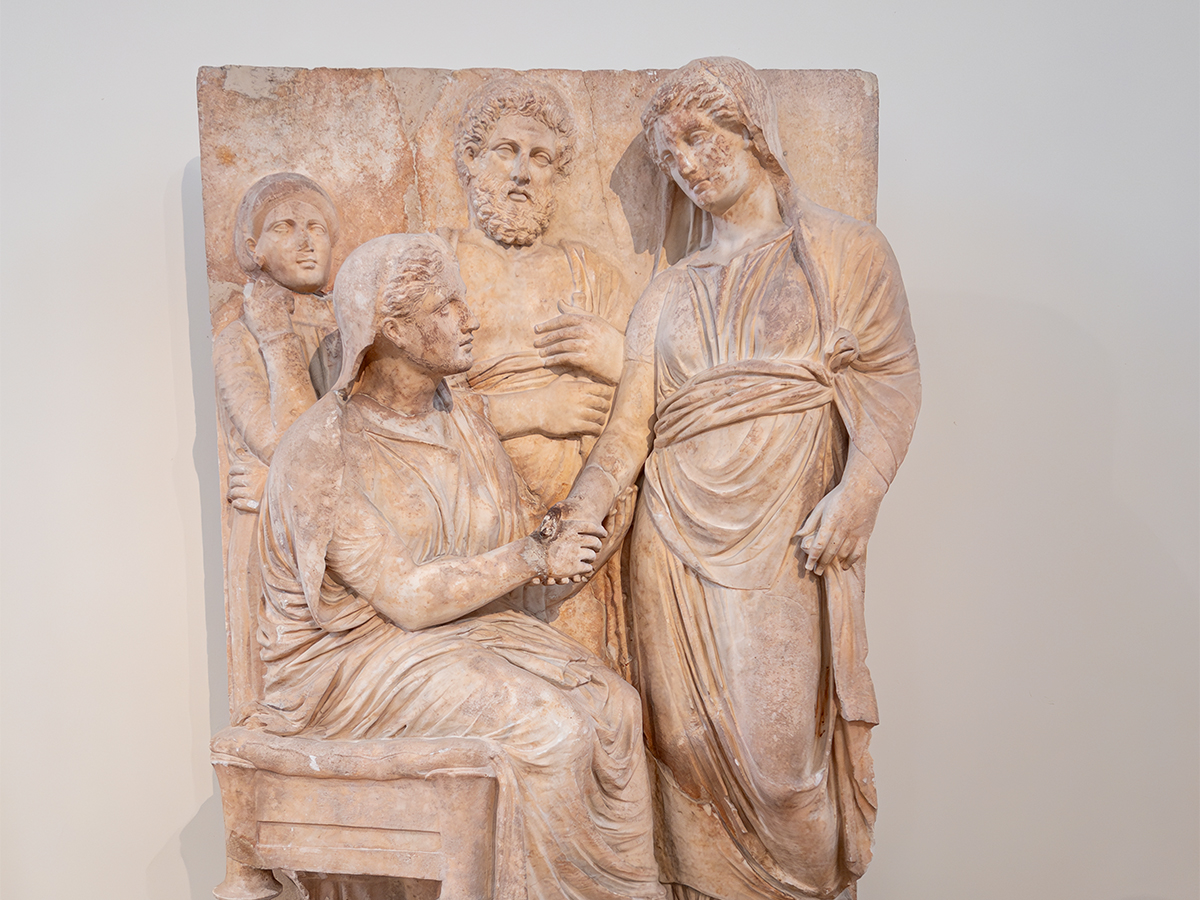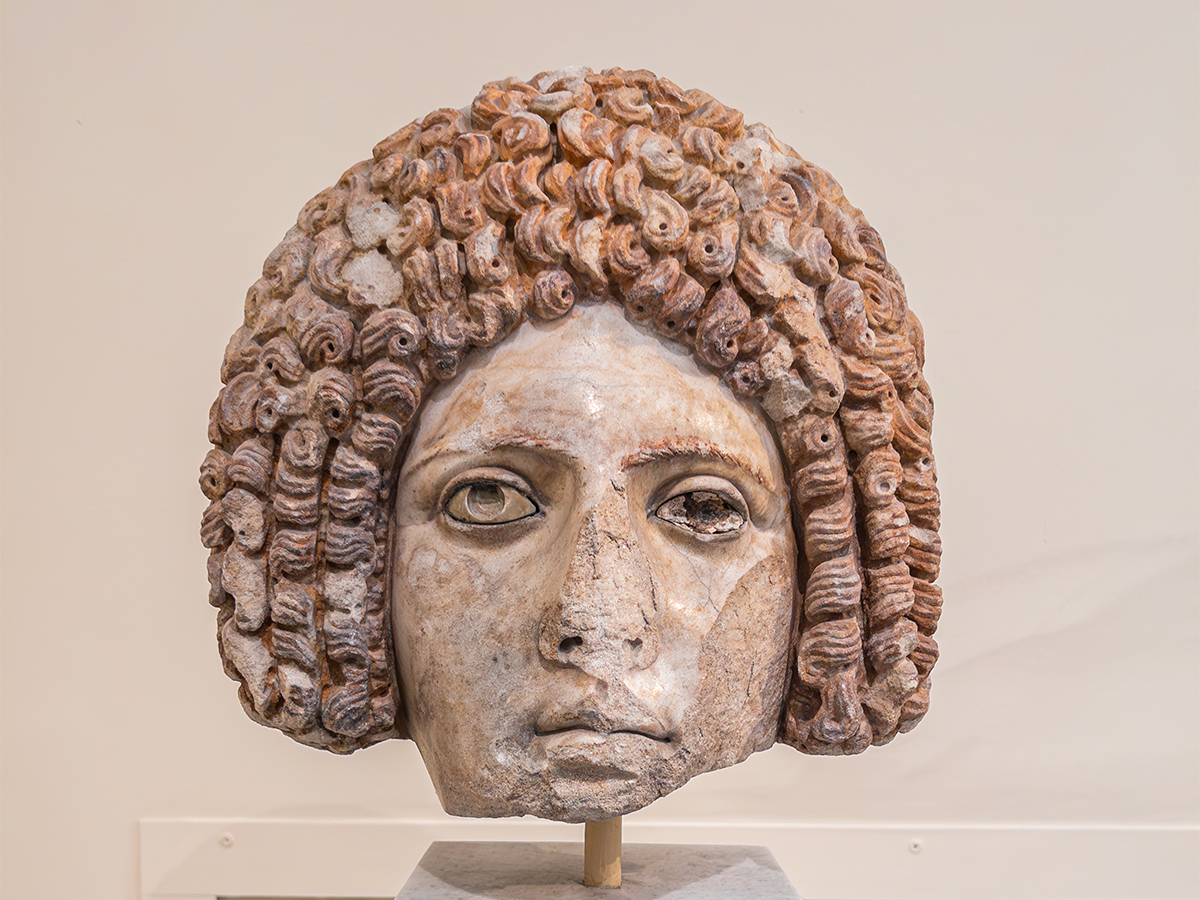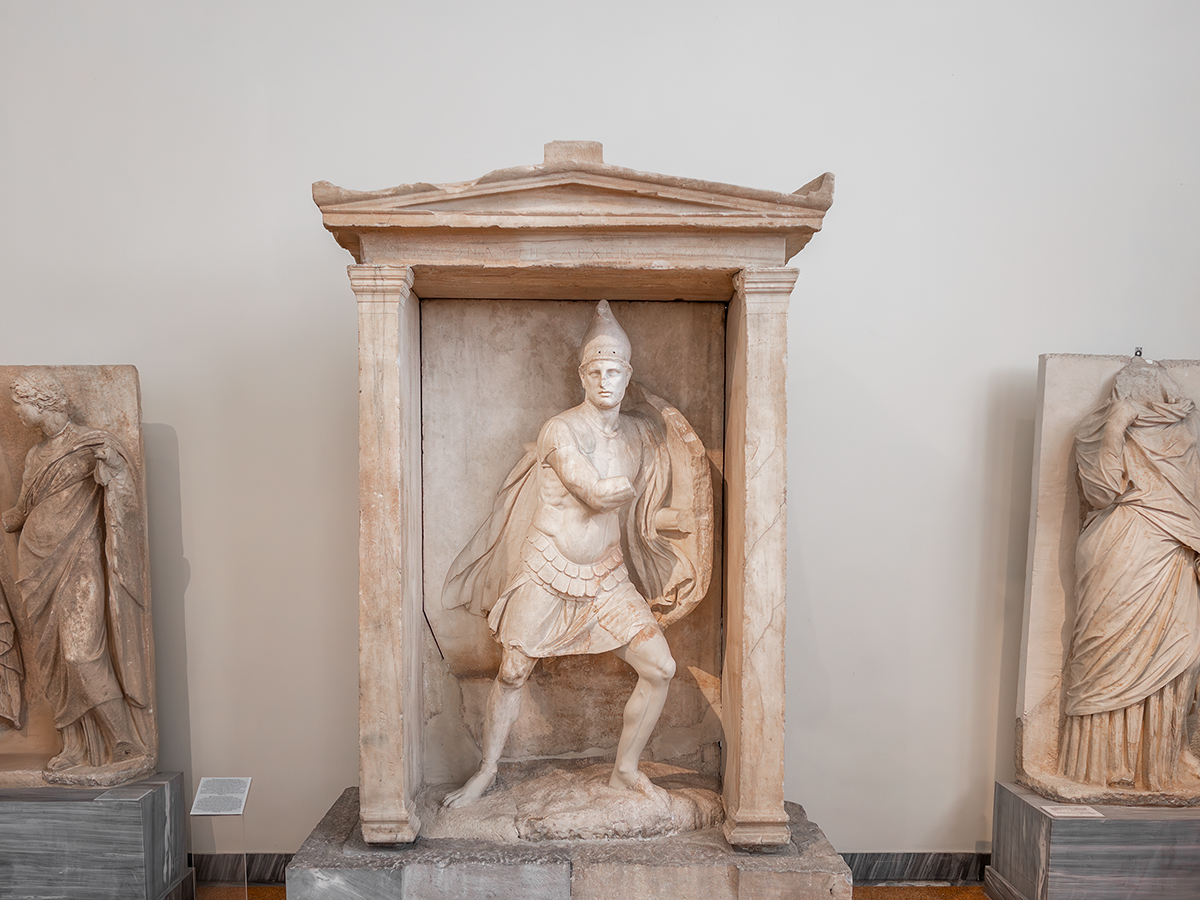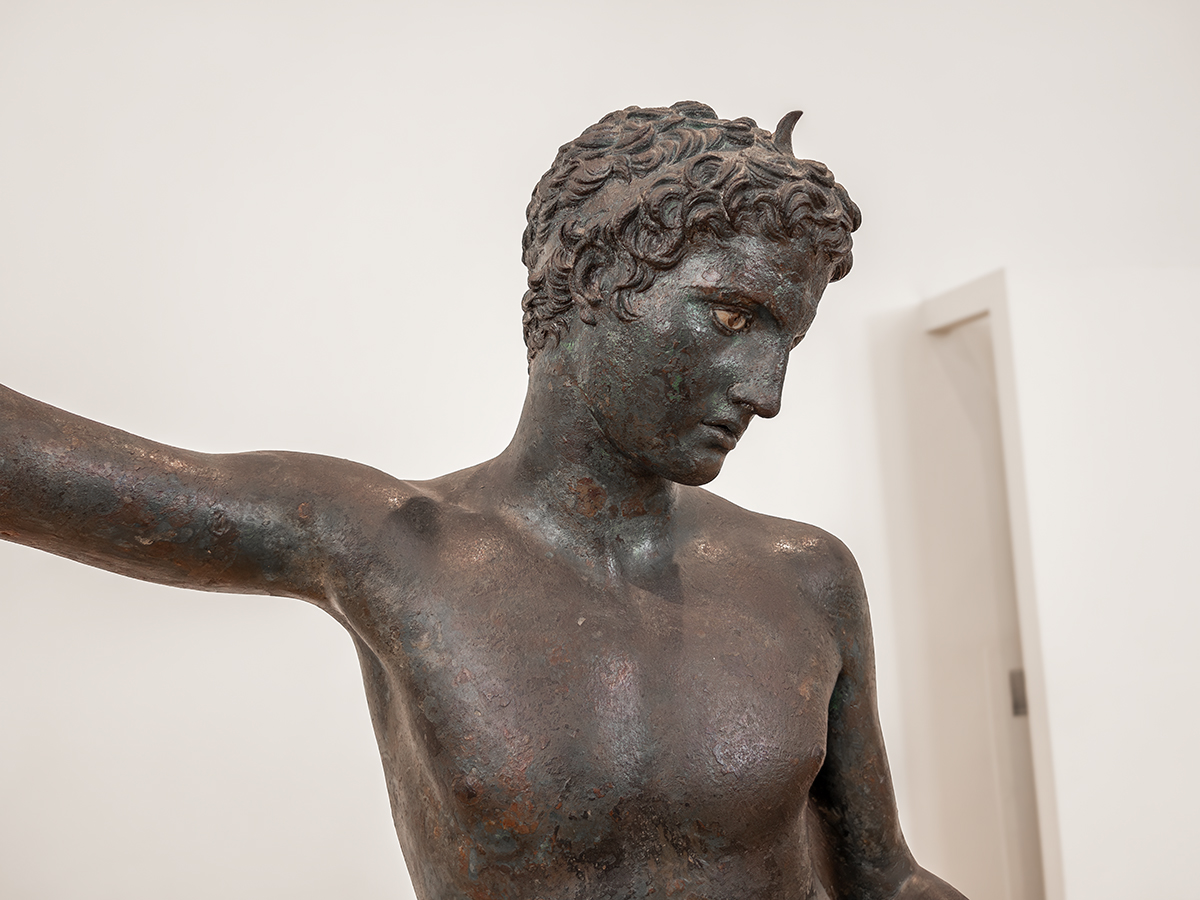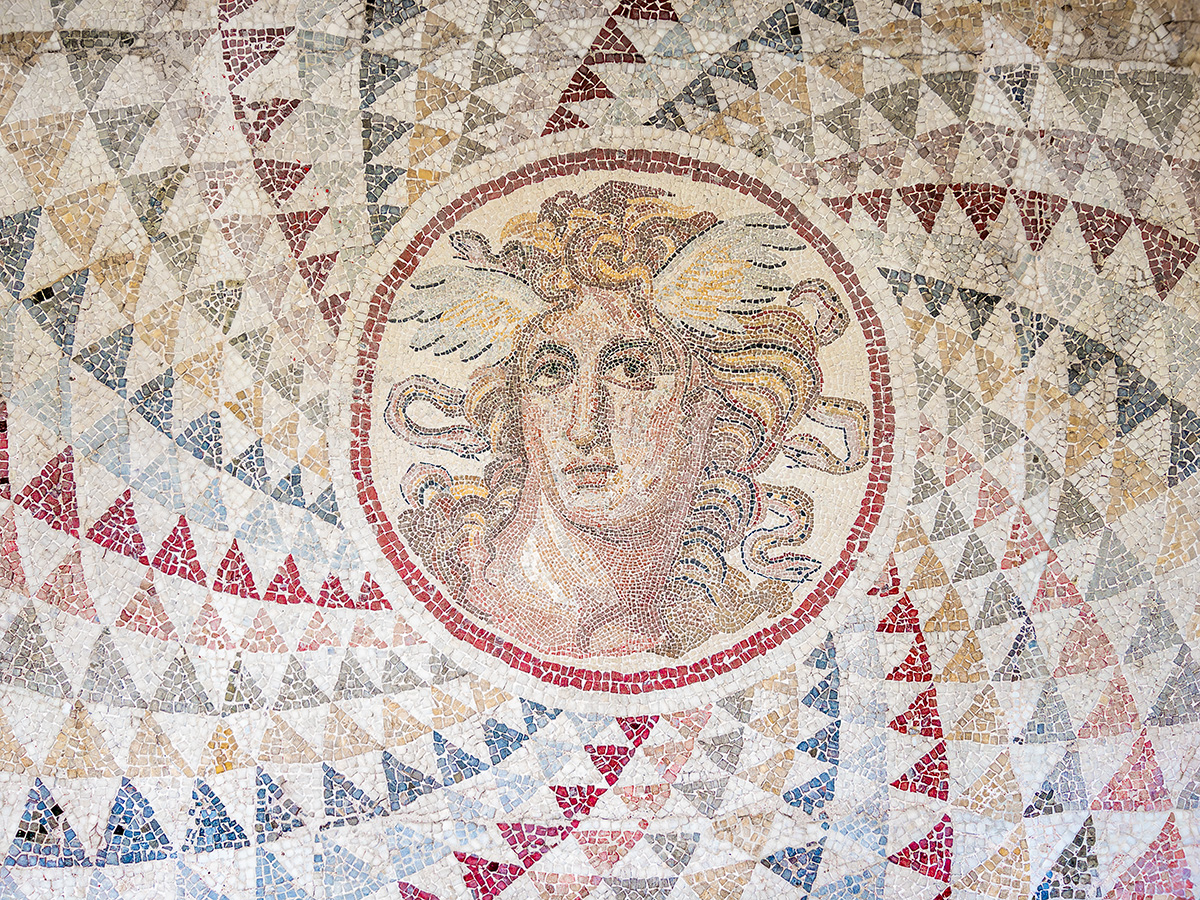The National Archaeological Museum of Athens was founded in 1829. It was the first museum founded in the Greek state after the revolutionary struggle and the liberation of Greece from the Ottoman yoke. Its original headquarters were in Aegina, the first capital of Greece. With the transfer of the capital to Athens in 1834, the seat of the Museum was transferred. The antiquities were housed in various buildings and monuments.
In 1889, the Museum opened its gates to the public, presenting its permanent exhibitions, which then consisted of parts of today’s Collection of Prehistoric Antiquities and the Sculpture Collection. During the first half of the 20th century, the Museum was enriched with many antiquities that came from excavations in various regions of Greece. Between the years 1932 and 1939, the Museum was expanded to the east, designed by architect G. Nomikos. During the period of its delivery of the extension of the Museum, the Second World War was declared.
From the 1980s to the present day, the National Archaeological Museum of Athens has been carrying out thematic or longitudinal periodic exhibitions, with many interesting subjects. A number of the antiquities of the Museum’s periodicals travel as short-term loans to museums in Greece and abroad. Since the end of the 20th century, the National Archaeological Museum, in addition to its own multifaceted cultural and educational activity, has participated in numerous exhibitions of Greece and abroad.
